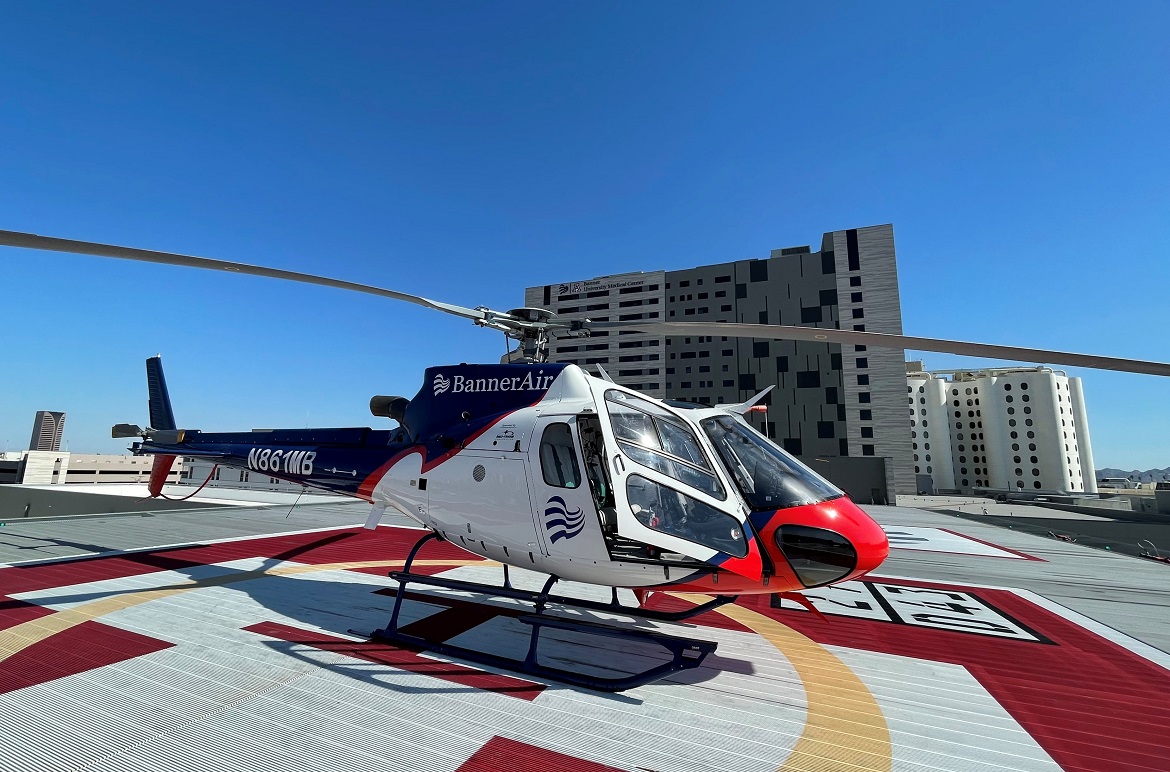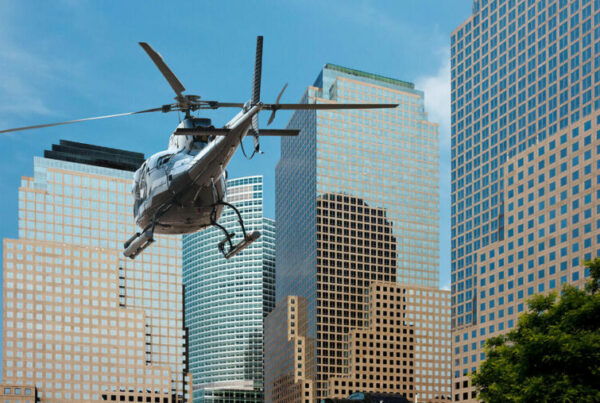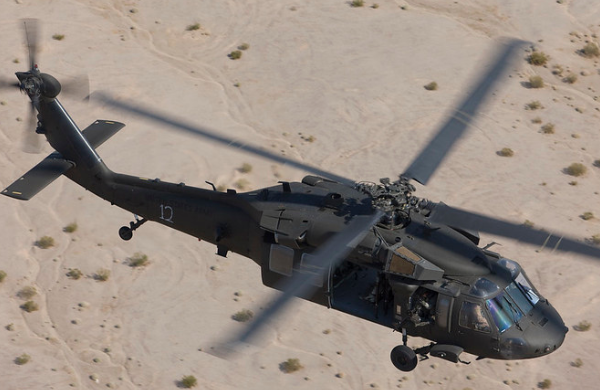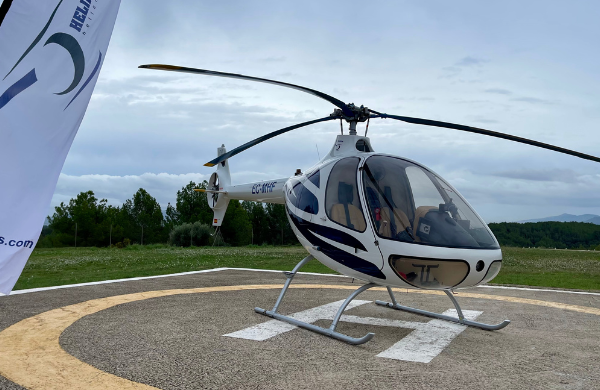In the face of continuing concern from the aviation community regarding the possible effect of C-band 5G telecommunication services on safety-critical aircraft equipment, AT&T and Verizon announced on 3 January that they would delay the imminent rollout of their new C-band services in the United States for a further two weeks, as requested by the US Department of Transportation and the Federal Aviation Administration.
Following the move, industry trade body Helicopter Association International (HAI) released a statement welcoming the decision, but also pointed out that while the main focus of proposed mitigations for 5G interference is on protecting aircraft operations at and in the vicinity of airports, there is a wider concern that should not be ignored.
HAI said: “The effects of 5G deployment are not limited to the nation’s busiest airports and mitigations by wireless carriers should not be limited to those locations either. All over the country, from densely populated cities to oil rigs 200 miles offshore, helicopters are used to save lives, serve and protect American citizens, and support critical industries in demanding environments – and many of those missions are conducted from start to finish without the use of airports.
“Helicopter air ambulance (HAA) operators transport roughly 1,000 injured or critically ill patients every day. Up to 50,000 of the more than 300,000 people transported by HAA operators during 2021 were transported from off-airport/unimproved areas at night – meaning the mitigations proposed to maintain an equivalent level of safety at airports will have no effect on those operations.
“The families of those who die because a helicopter was not able to be dispatched to the scene of an accident because it was too close to a 5G tower will not be consoled by faster internet speeds. The loss of a single life because of misguided 5G-related policies would be reprehensible.
“The voluntary measures proposed by the wireless carriers would provide modest 5G limitations at the surface of public-use heliports, of which there are only 55 in the country. That number is dwarfed by the estimated 6,533 to 8,533 HAA landing sites in the United States, with more than 4,000 being private-use heliports co-located at hospitals.
“HAI urges policy makers to strongly weigh the irreplaceable benefits to public safety that can only be delivered by helicopters. As regulators spend the next two weeks bridging the gap between the wireless industry’s voluntary measures and what is needed to maintain the safety and usability of the National Airspace System, solutions for helicopter operators must be prioritised.”
HAI added that it would continue to “advocate for reasonable limitations on 5G deployment so that safety-critical equipment on helicopters is not compromised by harmful interference” and “work with regulators to develop solutions that maintain safety and preserve the helicopter community’s ability to operate in a 5G environment”.








